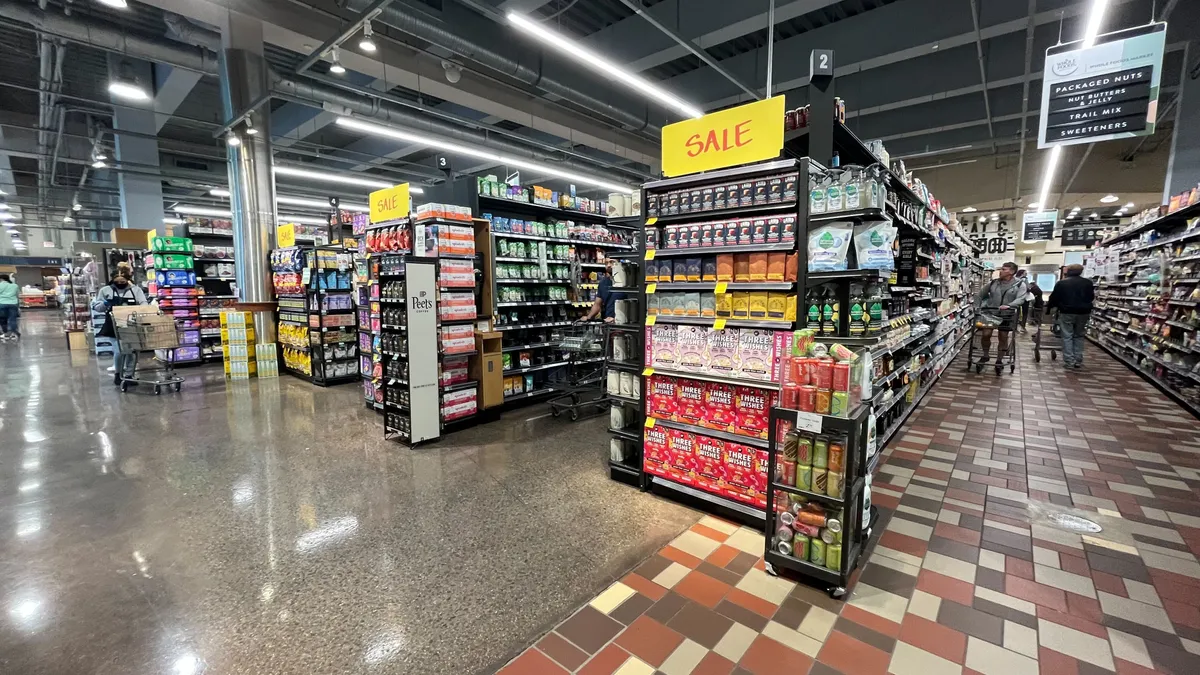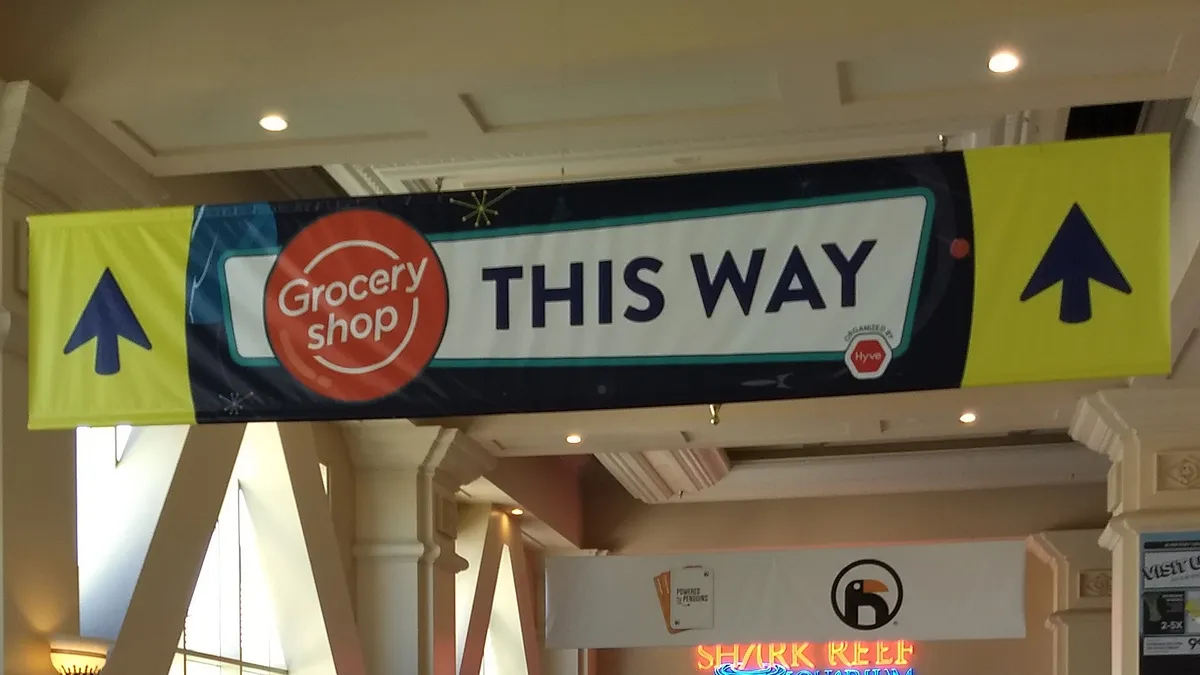Dive Brief:
- A report from 1010data shows that online CPG sales hit $10.4 billion last year, up from $7.6 billion in 2015, according to Grocery Headquarters. A rise in subscription services and two-day delivery were notable growth drivers.
- Top categories for the year include health supplements, which at $2.6 billion made up 25% of online CPG sales, and pet care, which grew sales by 67% to $500 million.
- 1010data predicts online CPG trends for 2017 will include an increase in private label offerings, continued expansion of subscription services and fragmentation of the industry as new sellers come online.
Dive Insight:
One of the biggest barriers to online CPG sales used to be time. Shoppers who needed consumables like toilet paper, paper towels and laundry detergent didn’t want to wait five business days for products to arrive — they wanted these items at the moment they ran out of them.
With the expansion of subscription models and free two-day delivery from the likes of Wal-Mart, online delivery of CPG products has synced up with demand. This retail trend has helped online CPG sales grow at twice the rate of total ecommerce sales last year, according to 1010data.
Specialty sites have also increased in recent years. From health supplements to pet food and baby products, shoppers are forging relationships with sellers like Chewy and Diapers.com that offer expertise and a rich selection of products. Pet food and supplements together saw more than $4 billion in online sales last year.
For supermarkets, this all amounts to a further erosion of their business. But there are a few silver linings worth noting. First, as the e-commerce realm continues to fragment, sellers will have a hard time standing out and will likely one-up one another on promotions and customer acquisition efforts that could cut into their growth.
Second, with the right e-commerce investments, grocers should be able to deliver on all the key areas that e-tailers are targeting, like private label expansion and speedy delivery. Because they deliver from the same market as their customers, supermarkets can get products to them quicker than most services, with the exception of Amazon Prime Now.
Grocers will have a hard time competing on price, which is why they’ll need to play up their advantages, like top-quality fresh foods. Retailers also need to get creative with their e-commerce platforms and motivate online shoppers with bundled offers, recommend products and other promotions.










